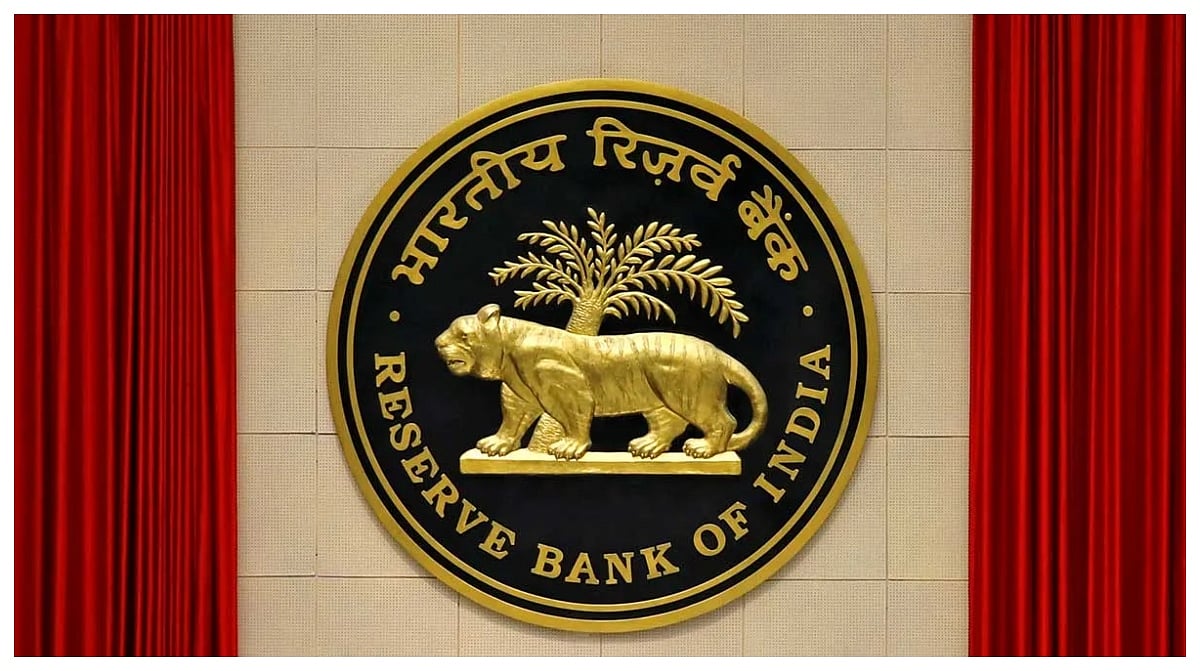Conservative investors seeking higher, more tax efficient return than is available on a fixed deposit, hitherto invested their funds in fixed income (debt based) mutual funds. However, lately, a spate of credit defaults / potential defaults from borrowers have hit some mutual fund schemes.
Though we are sure that given time, this crisis will blow over, in the meanwhile, investors are a worried lot and are seeking safer pastures for their hard earned money. A possible avenue to meet this need could be Arbitrage Funds. Let’s examine this product a little more in detail.
Interest rates and prices of fixed income instruments share an inverse relationship. In other words, when the overall interest rates in the economy rise, the prices of fixed income earning instruments fall and vice versa. Therefore, in the past when interest rates were falling linearly year after year, most income funds yielded returns that even a well doing equity fund would be proud of.
This is done by adjusting the portfolio to the market rate of returns is called ‘Mark to market’. However, this article is not about the mechanics of the interest rate risk. In simple words, when interest rates in the economy rise, the NAV of an income fund falls and vice versa.
Arbitrage Funds
Investors not familiar with this type of scheme might just end up thinking that these are just equity oriented schemes with another fancy name. However, this is not so. What such funds aim to do is to take advantage of the arbitrage opportunities between the cash and the futures market to generate fixed income. Therefore, though classified as equity, these are a type of income scheme.
The arbitrage is sought by taking advantage of the mispricing between the cash and the derivatives market. Lets understand how this works. Suppose the stock price of XYZ Ltd. is quoting at Rs. 600. Lets say the stock is also traded in derivatives segment, where its future price is Rs. 610. In such a case, one can make a risk-free profit by selling a futures contract of XYZ Ltd. at Rs. 610 and buy an equivalent number of shares in the equity market at Rs. 600.
Now when settlement day arrives, it wouldn’t matter which direction the stock price of XYZ Ltd. has taken in the interim. In other words, it is irrelevant whether the share price of XYZ Ltd. has risen or fallen, one would still make the same amount of money.
This happens because on the date of expiry (settlement date) the price of the equity shares and their stock futures will tend to coincide. Now, all one has to do is to reverse the initial transaction i.e. buy back the contract in the futures market and sell off the equity. So four transactions have taken place — buy stock, sell futures, sell stock, buy futures. In this manner, irrespective of the share price, the investor earns the spread between the purchase price of the equity shares and the sale price of futures contract.
Examine the following table
In Scenario I, XYZ Ltd. skyrockets to Rs. 700 on the settlement date. At this point, the price will be same in the equity and futures markets. So when you sell the stock, a profit of Rs. 100 is earned. However, you also buy back the stock future thereby incurring a loss of Rs. 90. End result, a net profit of Rs. 10 is earned. The same thing happens even in Scenario II where the share price crashes to Rs. 500. Still you will end up with same profit.
Yes, it does sound like a very simple and effective way of making money in the market. After all, the problem that most investors have with entering into the equity market is the lack of assured risk free returns. And now here is a product that gives you exactly that. Conservative investors seeking higher, more tax efficient return than is available on a fixed deposit, hitherto invested their funds in fixed income (debt based) mutual funds.
The only limitation to such funds is the presence of arbitrage opportunities. In a given period of time, the market may or may not provide any meaningful arbitrage opportunities. And as explained above, it is these arbitrage opportunities that hold the key to the amount of money the fund will earn.Conservative investors seeking higher, more tax efficient return than is available on a fixed deposit, hitherto invested their funds in fixed income (debt based) mutual funds.
No doubt the fund management team will have to be extra vigilant in identifying such opportunities. Of course, nowadays, they have sophisticated softwares that flag such mispricing the moment it occurs. However, investors do have to take into account the uncertainty of the supply of arbitrage as a hurdle in earning returns. For this very reason, such schemes cannot assure returns, the returns totally and completely depend upon available opportunity.
To Conclude
The risk free nature of the returns is the USP of the product. These funds provide a great tax shelter since though the structure is risk-free, the tax advantages are similar to those available to equity oriented funds. If one chooses the growth option and stays invested for over one year, long-term capital gains (LTCG) tax would be nil if it is below Rs. 1 lakh (else it would be 10%) whereas for any lesser period the tax applicable will be @15%.
The current average 3 year return is around 6% to 6.5% p.a. So if the only LTCG you earn is through these funds, then at 6.5% p.a., you may invest around Rs. 15 lakh (Rs. 15.38 lakh to be precise) and yet earn the return that is fully tax-free. This is because a return of 6.5% on Rs. 15.38 lakh would work out to around Rs. 1 lakh which in turn would be fully tax-free.
This then becomes another alternative apart from Fixed Maturity Plans & Floating Rate schemes to beat the risks inherent in income schemes. Those wanting a breather from the equity market and those looking for safe fixed income, should invest.
A N Shanbhag may be contacted at wonderlandconsultants@yahoo.com








